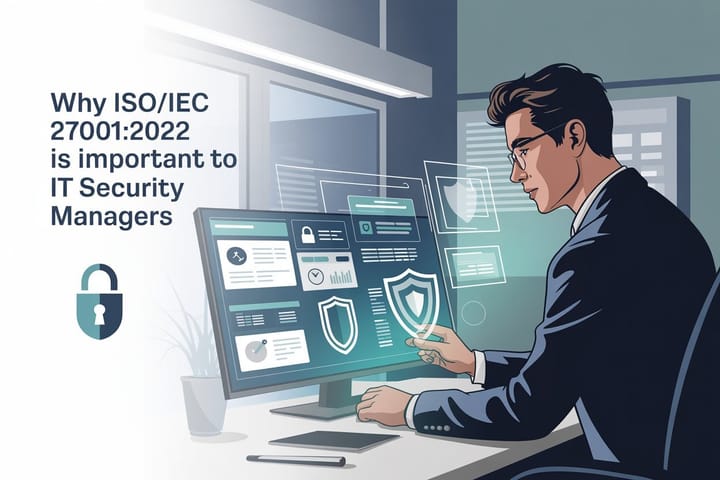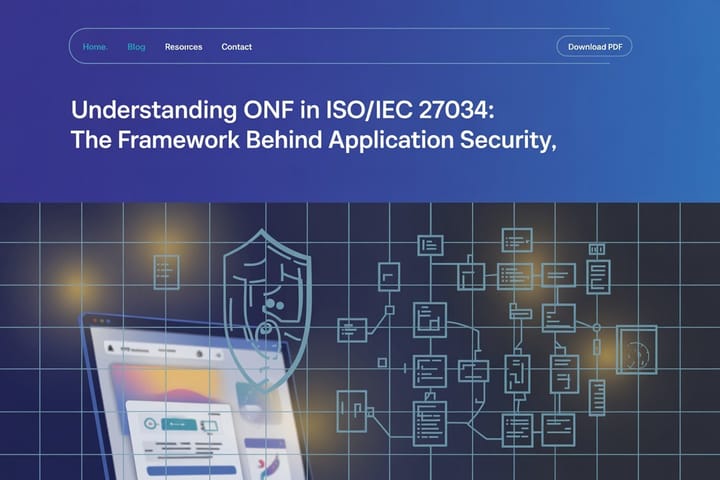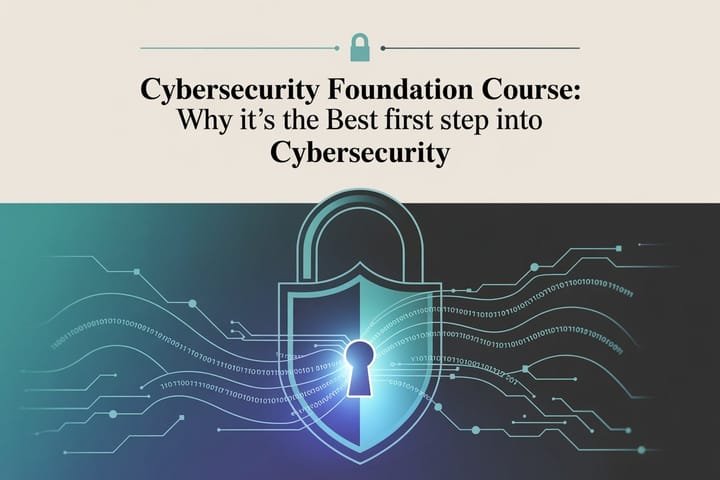Why is the zero-trust security movement getting momentum? - Course Monster Blog

Traditional network security controls are no longer effective.
Trust is important in improving relationships and taking business ahead. Businesses are increasingly using zero-trust security, although security incidents and breaches remain high. Zero trust has become more than just a buzzword in modern business, especially since the edge is stretching with more workers than ever working beyond their company’s four walls.
Consider the changing business environment. Employees bring their own devices to work and/or work from home. Data is increasingly being shared with persons who are not part of the business network, such as suppliers and other collaborators. Cloud apps have also helped to expand the network.
Organizations must extend their management to wherever their data sits as data flows via numerous devices, apps, and endpoints. Without proper identity and verification, businesses should trust no one – enter zero trust.
Let’s look at the history of the movement and why you should consider going all-in on zero trust, often known as perimeter-less security.
Out with the old, in with the new security measures
Traditional network security is based on the castle-and-moat idea, which states that individuals within the castle walls are trusted by default, while those outside the moat — or network — face challenges gaining access. In principle, that seems fine; unfortunately, once a potential attacker has network access, they can do whatever they want. This approach is no longer valid, especially because security breaches are usually triggered by insiders, whether intentionally or unintentionally.
Forrester Research analyst John Kindervag created the term “zero trust” in 2010, stating that firms must check everybody and everything that attempts to connect to a network before accessing it. Whether or if they are already inside the “castle.”
Since then, as data has spread across several cloud suppliers and with so many individuals working remotely, the zero-trust notion has gained acceptance. According to Cybersecurity Insiders’ Zero Trust Adoption Report, 78% of IT security teams are thinking about implementing a zero-trust network access architecture.
Unpacking what zero-trust security is
Zero-trust security is a continuous verification procedure that occurs anytime a person or device attempts to get access to or connect to a company’s network. This trust-nobody method helps firms to better protect against the primary sources of cyber-attacks and other breaches by examining many pieces of information to validate a potential user’s identity before giving network access. Consider user impersonation, stolen credentials, password recycling, data breaches, and reading phishing emails or messages.
“Zero trust is a style of thinking, not a specific technology or design,” according to a Gartner analyst. It’s all about zero implicit trust since that’s what we want to eliminate.”
How to Build a Zero-Trust Network
The zero-trust idea was established to address present and future security concerns, and it assumes that no person, device, or service, whether inside or outside the network, should be trusted. It makes no distinction between who the users are or what titles they have.
Rather, it thinks the network is hostile at all times, with both internal and external network threats. Also, each device, user, and network traffic must be validated and authorized.
The following are the steps that IT security teams should take while constructing such a network:
- Identifying who and what device is attempting to connect to a network.
- Controlling application, file, and service access and giving secure access to their locations
- Organizing tools to monitor network and device activities around the clock.
- Evaluating in-office and remote access for ongoing security and authentication, such as the use of multi-factor or biometric authentication.
Here at CourseMonster, we know how hard it may be to find the right time and funds for training. We provide effective training programs that enable you to select the training option that best meets the demands of your company.
For more information, please get in touch with one of our course advisers today or contact us at training@coursemonster.com




Comments ()